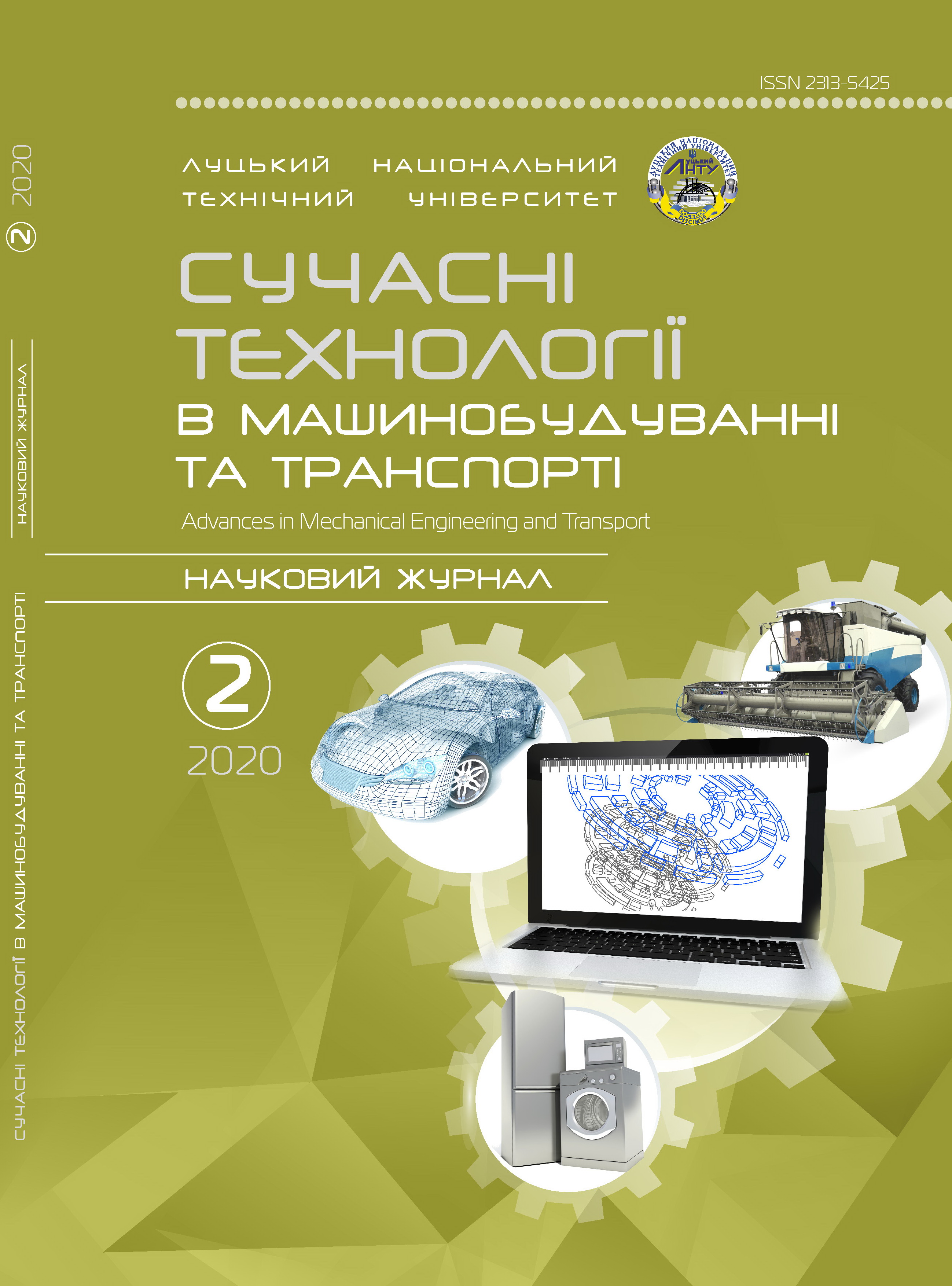Factors affecting the stability of movement of cars and trains in brake mode and criteria for its evaluation
Abstract
Given the increasing intensity of traffic on modern highways, it is necessary to increase the safety of vehicles to avoid accidents that lead to deterioration of human health and significant material losses from damage to vehicles and goods. This issue is especially acute for road trains, the process of movement and braking of which is much more complex than for single cars. It is necessary that the braking system allows you to adjust the speed of the road train in a wide range, counteract skidding, as well as prevent the assembly of the vehicle and its collision with other cars, ie provide adequate stability. The driver must control the behavior of the vehicle while driving and, if necessary, stop it quickly and safely.
Improving the performance of road trains in modern traffic conditions is one of the priority tasks to ensure a high level of safety of their operation with maximum efficiency. Achieving these requirements is possible only if you take into account possible changes in the technical condition of road trains during operation. In particular, considerable attention should be paid to changes that may occur in the braking system of the road train, which can lead to violations of the optimal regulation and distribution of braking forces on the axles and sides of the vehicle, which inevitably leads to loss of stability even at low speeds, especially at maximum load.
In view of this, the analysis of the factors influencing the stability of cars and road trains in braking mode and the main criteria of stability and efficiency of braking of vehicles, as well as a review of regulations governing them.




